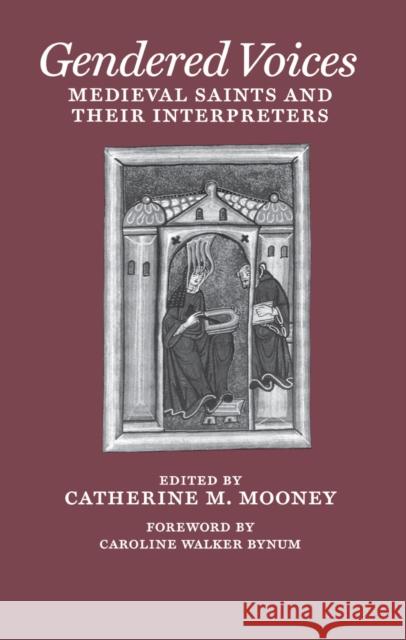Gendered Voices: Medieval Saints and Their Interpreters » książka
Gendered Voices: Medieval Saints and Their Interpreters
ISBN-13: 9780812216875 / Angielski / Miękka / 1999 / 296 str.
These studies . . . not only illuminate the past with a fierce and probing light but also raise, with nuance and power, fundamental issues of interpretation and method."--from the Foreword by Caroline Walker Bynum Female saints, mystics, and visionaries have been much studied in recent years. Relatively little attention has been paid, however, to the ways in which their experiences and voices were mediated by the men who often composed their vitae, served as their editors and scribes, or otherwise encouraged, protected, and collaborated with the women in their writing projects. What strategies can be employed to discern and distinguish the voices of these high and late medieval women from those of their scribes and confessors? In those rare cases where we have both the women's own writings and writings about them by their male contemporaries, how do the women's self-portrayals diverge from the male portrayals of them? Finally, to what extent are these portrayals of sanctity by the saints and their contemporaries influenced not so much by gender as by genre? Catherine Mooney brings together a distinguished group of contributors who explore these and other issues as they relate to seven holy women and their male interpreters and one male saint who claims to incorporate the words of a female follower in an account of his own life.
These studies . . . not only illuminate the past with a fierce and probing light but also raise, with nuance and power, fundamental issues of interpretation and method."--from the Foreword by Caroline Walker BynumFemale saints, mystics, and visionaries have been much studied in recent years. Relatively little attention has been paid, however, to the ways in which their experiences and voices were mediated by the men who often composed their vitae, served as their editors and scribes, or otherwise encouraged, protected, and collaborated with the women in their writing projects. What strategies can be employed to discern and distinguish the voices of these high and late medieval women from those of their scribes and confessors? In those rare cases where we have both the womens own writings and writings about them by their male contemporaries, how do the womens self-portrayals diverge from the male portrayals of them? Finally, to what extent are these portrayals of sanctity by the saints and their contemporaries influenced not so much by gender as by genre?Catherine Mooney brings together a distinguished group of contributors who explore these and other issues as they relate to seven holy women and their male interpreters and one male saint who claims to incorporate the words of a female follower in an account of his own life.











